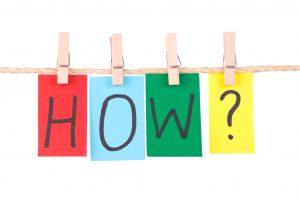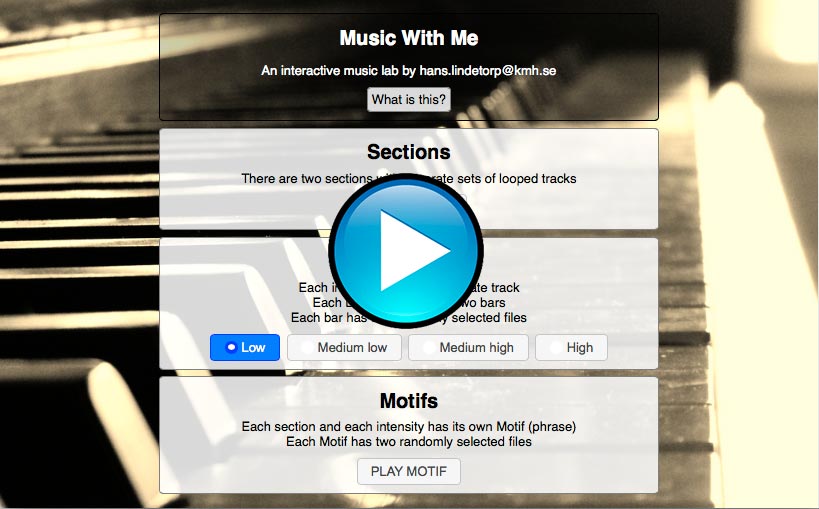How will I find answers to my questions? How do I know if I discover something meaningful and valid to people?

My first part of the study will focus on scanning journals and conferences for papers in my research area to see where lots have been done and where there still are questions to ask. I will interview composers and producers of game music to document their process to identify obstacles and challenges. I will examine and compare existing middleware used to integrate music into games to find areas where music is limited by the technology.
I will keep on developing my own interactive music framework (iMusic – more on that in future posts) to test different solutions for music integration into interactive applications. I will use iMusic to build an interactive, audiovisual survey where I can collect feedback from (hopefully) lots of users and evaluate their respons to the musical experience. My aim is to get a better understanding of how different technical solutions affect the listening experience for different listeners.
This is my current strategy and method. It might well be refined along the way. If any of you have ideas, if you want to get connected and involved in any way. Please don’t hesitate to contact me.



